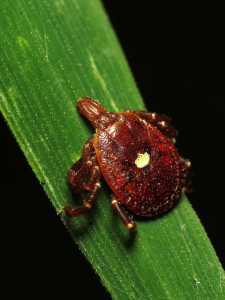Allergies, Author Interviews, CDC, Infections, Pediatrics / 25.08.2018
Antibiotics Leading Cause of Pediatric Adverse Drug Events in ER
MedicalResearch.com Interview with:
Maribeth C. Lovegrove, MPH
Division of Healthcare Quality Promotion
Centers for Disease Control and Prevention
Atlanta, GA 30333).
MedicalResearch.com: What is the background for this study? What are the main findings?
Response: There has been a lot of recent attention on reducing unnecessary antibiotic prescribing in order to reduce antibiotic resistance (a longer-term harm). However, antibiotic use also can lead to shorter-term harms like allergic reactions and other side effects. With this analysis, we wanted to focus on the acute harms to individual pediatric patients from antibiotic use in order to help target prevention efforts. Specifically, we used data from two national data sources to identify the antibiotics with the highest numbers of emergency department visits for adverse drug events and the highest rates of emergency department visits for adverse drug events (accounting for amount of antibiotic prescriptions dispensed) and to identify the pediatric patients with the highest risks.
(more…)








